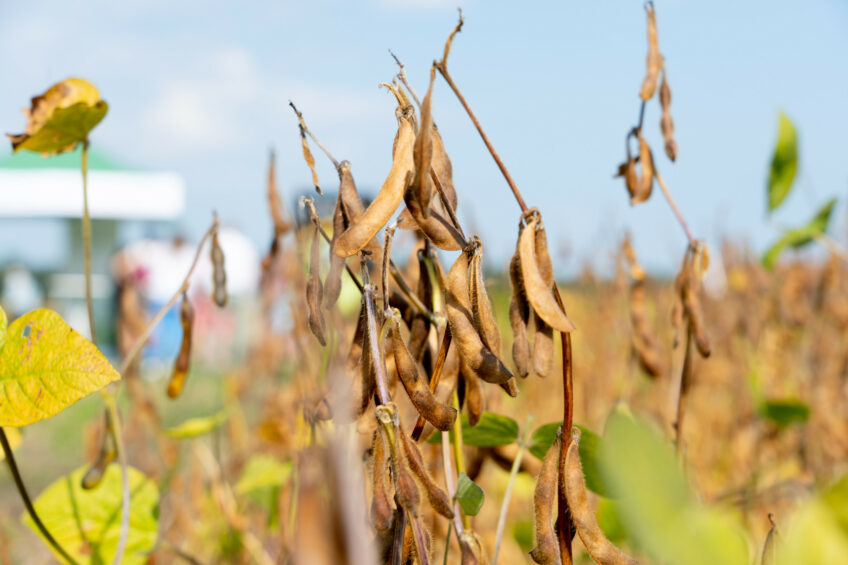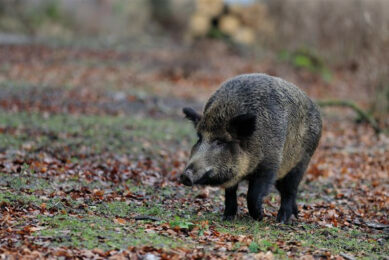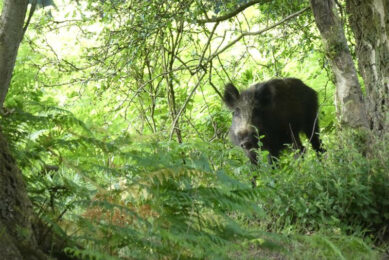Can ASFv be inactivated during soybean extraction?

Feed ingredients, such as soybean meal, have been identified as potential transmission routes for swine viruses like African Swine Fever virus (ASFv). Soybean processing methods, such as solvent extraction, may inactivate ASFv to a certain degree – but is that sufficient? The answer appears to be “no.”
Seeing that ASFv is too hazardous to test in field settings, scientists at the University of Minnesota supported by a researcher from feed company Crown Iron Works, used Emiliania huxleyi virus 86 (EhV-86) as a safe surrogate to test a deactivation method during feed processing. That virus shares key structural and thermal properties with ASFv, which, according to the researchers, made it an appropriate model. Their goal: to evaluate whether standard solvent extraction processing of soybeans could inactivate ASFv-like viruses and to assess the potential for environmental contamination during this process.
The study was published in the peer-reviewed title Frontiers in Animal Science in March 2025.
Inoculated with high concentration of virus
Whole soybeans were inoculated with a high concentration (1.80 × 10⁸ virus/mL) of EhV-86 and processed in a pilot-scale soybean solvent extraction facility. Temperature, pressure, and flow rates was measured at various time points throughout the process. Samples were collected from 12 different stages of processing, including hulls, flakes and final soybean meal, as well as from environmental locations (air, dust, surfaces). Detection of viral presence was performed using various methods and temperatures were recorded.
The results underscore the complexity of virus inactivation in feed processing systems, the researchers wrote: “Although high temperatures and chemical exposure led to significant reductions in viral concentration, they were not sufficient to completely eliminate viable virus, particularly in soybean meal.
“Soybean hulls, which are not exposed to high temperatures or solvents, posed the greatest risk, with high levels of virus remaining once these hulls are commonly used in animal feeds and can represent a high-risk factor for virus transmission in herds. Although the study used EhV-86 as a surrogate for ASFv, the results provide insight into the potential survival of ASFV during soybean processing.
First demonstration that ASFv-like viruses can survive
In their conclusion, the researchers wrote: “This study is the first real-world demonstration showing that ASFv-like viruses can survive solvent extraction processing in soybean facilities, especially in the hull and meal components.
“Although over 90% of viable virus was inactivated, residual virus was still detectable, indicating a potential transmission risk. These findings highlight the importance of integrating enhanced biosecurity protocols and considering additional mitigation strategies such as increased retention time and chemical additives.”











